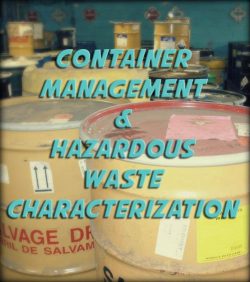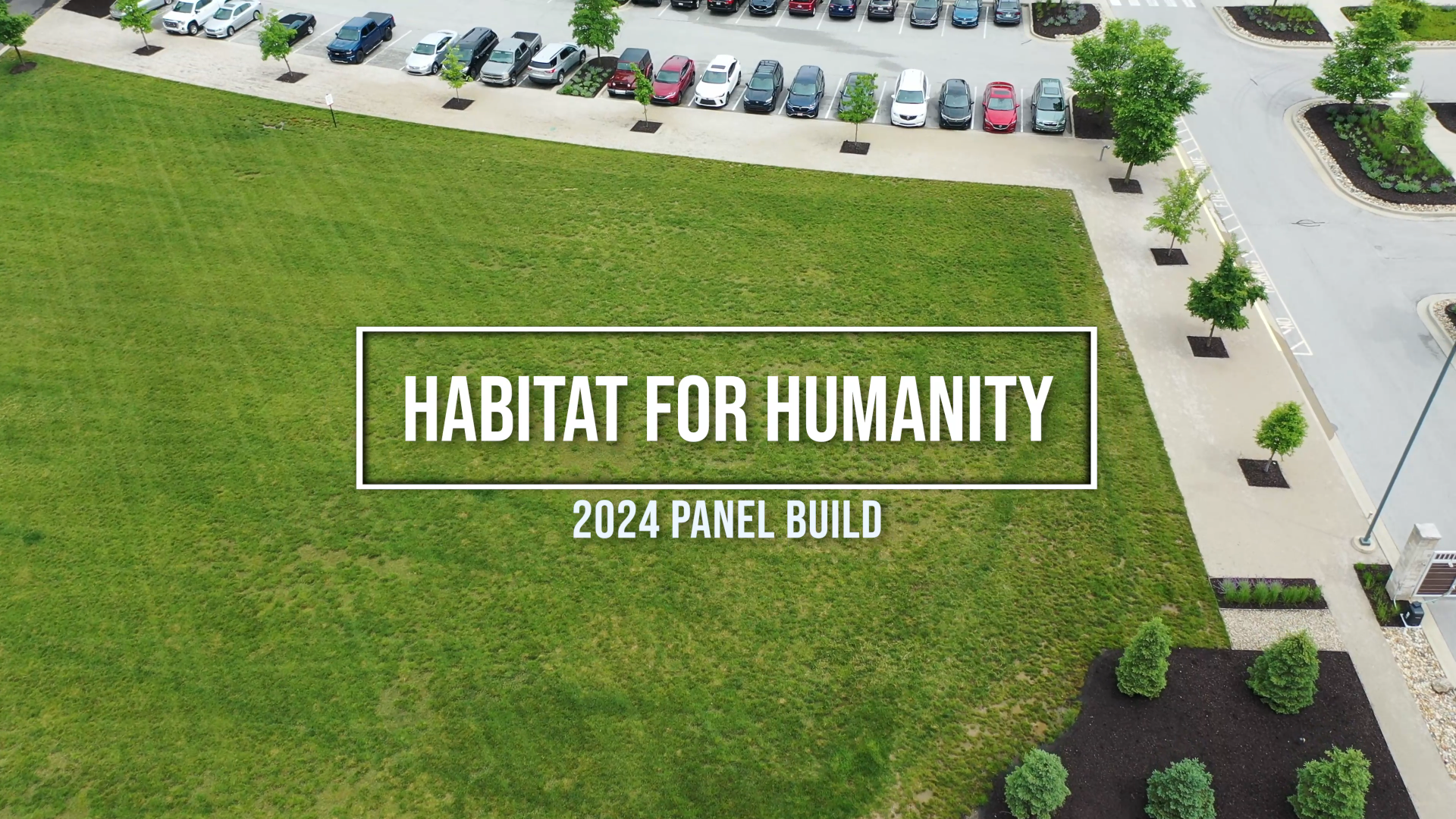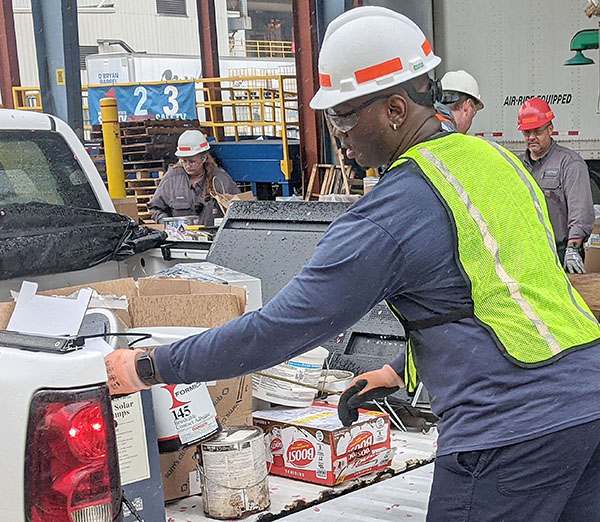
Before you can put a waste in a container you have to ensure that you will be managing it safely. To do this, you need to know exactly what the waste you’re dealing with is comprised of/what it can do. You need to know answers to questions like, “is it toxic?” You need to determine whether or not waste handlers will need special personal protective equipment (PPE) to handle it. You will need to identify what, if any, other chemical it might react with to avoid potential explosions or fires. And especially before putting your waste in a container you need to be sure it is not corrosive in order to prevent it eating through the container you choose. All this said, it is vital that a waste be characterized before it is placed into a container.
In their manual on container management, the EPA states that there are two ways a generator can go about characterizing a waste:
- Generators can sample the waste and analyze it to identify any potential issues, or
- Generators can, “identify the waste based on process knowledge,” meaning they could look into the constituents in the process that created the waste and use the knowledge of any characteristics those constituents have to determine whether it is likely that the produced waste also has that or those characteristics.
Additionally, they provide some best practice tips for waste characterization including, looking at a material safety data sheet (MSDS) if one is available. When looking at the MSDS pay special attention to areas marked, “physical property, reactivity, fire and explosion hazard, and special protection information.”
Another best practice is related to the second way to characterize a waste. “If a product being used in a process meets one or more hazardous characteristics, the waste generated may exhibit some of the same characteristics.”
Finally, “be aware of any changes in a production process which could alter the composition of the waste generated.” But what do you do if the waste you need to characterize is already in a container? The EPA provides some tips for that too:
- “Pay attention to marking/labeling which may indicate that a material is flammable, corrosive, etc.
- Always check with your supervisor before handling unknown drums, or drums which you feel are labeled or marked incorrectly.
- Look at a material safety data sheet (MSDS) if it is available.
- If waste is in a plastic drum it is a good indication the waste may be corrosive.”
It is also important to remember that wastes which exhibit signs of corrosivity, combustibility, flammability, oxidization, poison, reactivity, or toxicity may require specialized equipment to manage. Once you’ve got your waste characterized, it’s time to put it into the proper container.
During the characterization of your waste you should have learned if it was reactive or incompatible with another waste. This is a vital step because before you can put your waste into a container you must identify and segregate and incompatible or reactive wastes in order to prevent fires or explosions. According to the EPA, “The regulations state that incompatible wastes cannot be placed in the same container, unless you comply with other requirements found in §265.17(b). This prevents the wastes from reacting with each other (e.g., exploding, catching on fire).”
There can be exceptions if you’re putting incompatible wastes in the same containers while being pursuant to the conditions found at §265.17(b). To do this you must:
- “Keep the waste from becoming too hot (this will prevent fire or explosions);
- Keep the wastes from producing toxic and/or flammable mists, gases, fumes, or dust (this will prevent workers from being exposed to the waste and will prevent fire or explosions);
- Make sure that mixing the incompatible wastes won’t damage the container – the container won’t rupture or bulge; and
- Demonstrate that mixing the wastes won’t threaten workers, or the environment in any way.”
And remember that you should always get the okay from your supervisor or environmental coordinator before you mix any materials or wastes.
Quoted and cited information for this blog post was gathered from the EPA Handbook for Hazardous Waste Containers. As always, this blog post is not intended to be comprehensive and it is always best to check with the EPA and local government for full, up-to-date, rules and regulations.
More News From Heritage
-
6/27/24
Heritage Environmental Services to Acquire EBV from General Dynamics
Heritage Environmental Servicess, an EQT Infrastructure portfolio company, will acquire EBV from General Dynamics
-
6/13/24
Meet The Facilities – East Liverpool
An inside look at our incineration facility located in East Liverpool, OH
-
5/24/24
Habitat for Humanity 2024
Heritage hosted our 14th annual Habitat for Humanity build this month, partnering with over 50 employees from various THG companies.
-
5/6/24
Date set for the household hazardous waste collection in East Liverpool, Ohio
-
3/12/24
Equal Pay Day – Spotlighting Our Female Drivers
-
3/8/24
International Women’s Week Spotlight – Shannon Dippel
For International Women's Week, we're spotlighting some of the incredible women in the Heritage family. Our final spotlight is Shannon Dippel.
-
3/8/24
International Women’s Week Spotlight – Susan Adams
For International Women's Week, we're spotlighting some of the incredible women in the Heritage family. Our sixth spotlight is Susan Adams.
-
3/7/24
International Women’s Week Spotlight – Lea Wilson
For International Women's Week, we're spotlighting some of the incredible women in the Heritage family. Our fifth spotlight is Lea Wilson








